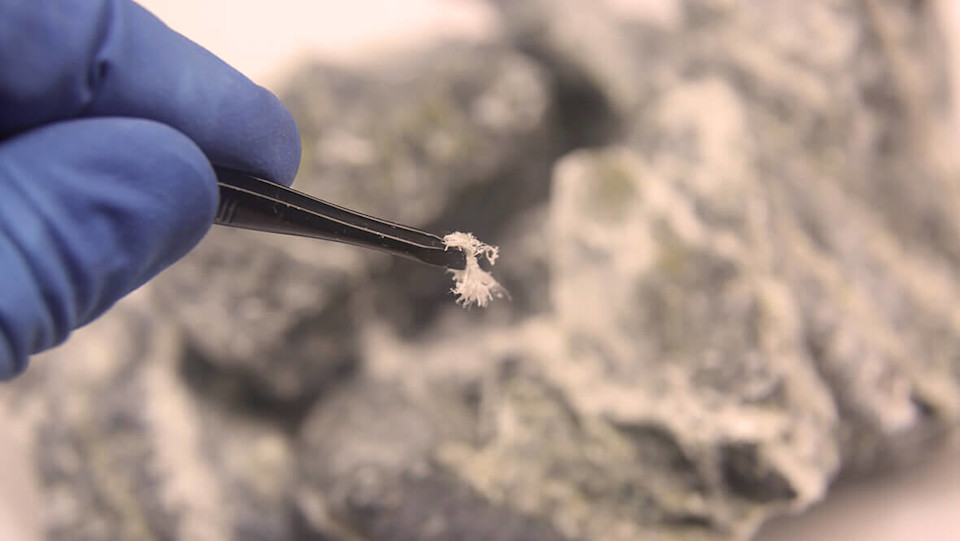
Industrial disease
What are the differences between silicosis and hypersensitivity pneumonitis?
With two diseases that have overlapping symptoms, it can be difficult to tell them apart. Here, our experts explain the differences between hypersensitivity pneumonitis and silicosis.
Silicosis and hypersensitivity pneumonitis
Silicosis and hypersensitivity pneumonitis are both industrial diseases caused by inhaling materials that irritate the lungs. Both of these diseases impact lung function causing issues such as persistent coughs, shortness of breath and fatigue. These symptoms greatly impact the lives of those who live with these diseases and can lead to an inability to work or difficulty in daily life.
What are the symptoms of silicosis and hypersensitivity pneumonitis?
Silicosis and hypersensitivity pneumonitis are both industrial diseases that primarily impact lung function. Despite different causes, the symptoms for both diseases overlap in many areas. Symptoms of both silicosis and hypersensitivity pneumonitis include:
- Shortness of breath
- A persistent cough
- Shortness of breath
- Flu-like illness - including fever, chills, muscle or joint pain, or headaches, often starting soon after you breathe in the substance that causes your condition
- Chest pain
- Extreme tiredness
An important difference in symptoms to highlight is that silicosis is more likely to cause chronic symptoms over a longer period of time, whereas hypersensitivity pneumonitis can cause acute symptoms after a mere few hours following exposure. These symptoms are often flu like involving a fever, chills, muscle and joint pain, or a headache.
The differences between silicosis and hypersensitivity pneumonitis
They key difference between these two diseases is what causes them and how they develop.
Silicosis develops over a long period of time and is caused by inhaling a specific mineral dust, leading to irreversible scarring of the lungs.
In contrast to this, hypersensitivity pneumonitis is an allergic reaction to organic dusts such as mould, bacteria or animal proteins. This reaction leads to inflammation of the lung tissue rather than scarring on the lungs.
How is silicosis contracted?
Silicosis is caused by inhaling large amounts of crystalline silica, a common mineral naturally found in certain types of stone, rock, sand and clay. Typically, due to the amount of exposure to silica dust required for silicosis to develop, it is usually contracted after prolonged exposure throughout your career. The industries particularly at risk are:
- Stone masonry and stone cutting – especially with sandstone
- Construction and demolition
- Worktop manufacturing and fitting
- Pottery, ceramics and glass manufacturing
- Mining and quarrying
- Sand blasting
How is hypersensitivity pneumonitis contracted?
By contrast, hypersensitivity pneumonitis can happen if someone inhales substances such as mould, or the skin cells shed by animals with fur. These substances trigger the immune system and cause short or long-term inflammation in the lungs.
Sources of exposure identified for hypersensitivity pneumonitis were organised into 14 categories of work:
- Agricultural
- Plant matter processing
- Wood
- Animal-related
- Foodstuff
- Food processing
- Metal processing
- Polymers
- Other manufacturing
- Chemicals
- Aerosolized water
- Service
- Waste and sewage
- Wind instruments
Could my employer be responsible for my silicosis or hypersensitivity pneumonitis diagnosis?
It is possible that your employer is responsible for your diagnosis of either of these diseases. When working with substances that could cause health risks, it is your employer's responsibility to foresee the potential issues and take steps to prevent it. Occupational Health professionals should carry out regular checks of the skin on the hand and forearm to ensure employees have not been dangerously exposed. If they have been, there are several routes they may choose to help the employee and ensure further exposure is limited. The law says that every employer has a duty of care to protect employees from suffering harm in the workplace. Where your employer failed to foresee the harm that could be caused by your occupation, or provide the protective gear specified, they could be said to have failed in their duty of care.
Speak to a specialist industrial disease solicitor
If your employer failed in their duty of care, you have a right to compensation. These diseases can limit your capacity to work and life in a way you are used to. If your exposure was not your fault, you should not have to handle it on your own.
Hypersensitivity pneumonitis claims and silicosis claims are highly specialised areas of the law, so it is important to contact an industrial disease solicitor who has extensive experience working on these types of claims. Our expert solicitors understand the impact that a diagnosis of an industrial disease can have on victims and their families and aim to be as considerate and supportive as possible throughout the claims process. Contact us on 0330 107 6498 or online here for more information on taking further steps.



